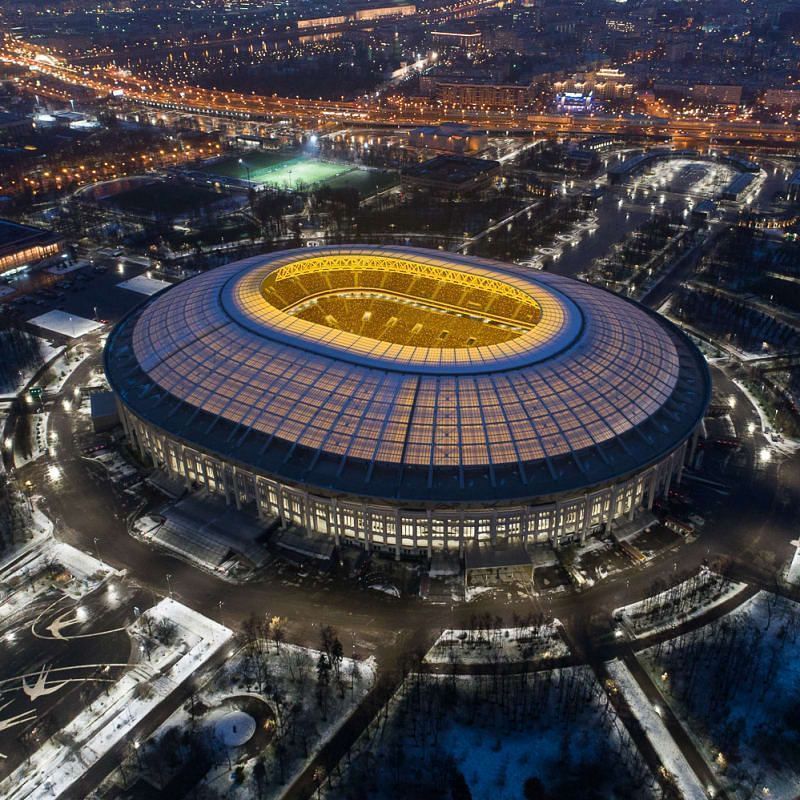
10 most beautiful football stadiums in the world
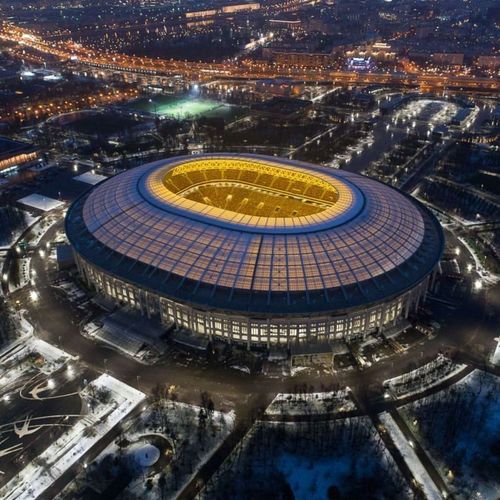
The beautiful game of football is played around the world in some of the most stunning and picturesque stadiums.
While some of them are modern-day architectural marvels, others like the Hasteinsvollur stadium in Iceland, which has a volcano in its backdrop, or the Rheinpark Arena in Liechtenstein, which has the majestic Alps in its background, have been left virtually untouched.
Ten most beautiful football stadiums in the world
Football is primarily an outdoor sport but sometimes, it is also played in 'indoor' multi-purpose arenas that have retractable roofs like the Veltins Arena in Gelsenkirchen, Germany or the Sapporo Dome in Sapporo, Japan.
On that note, let us have a look at ten of the most beautiful football stadiums in the world in no particular order.
#10 Allianz Arena (Munich, Germany)
Home team(s): Bayern Munich
Stadium capacity: ~75,000
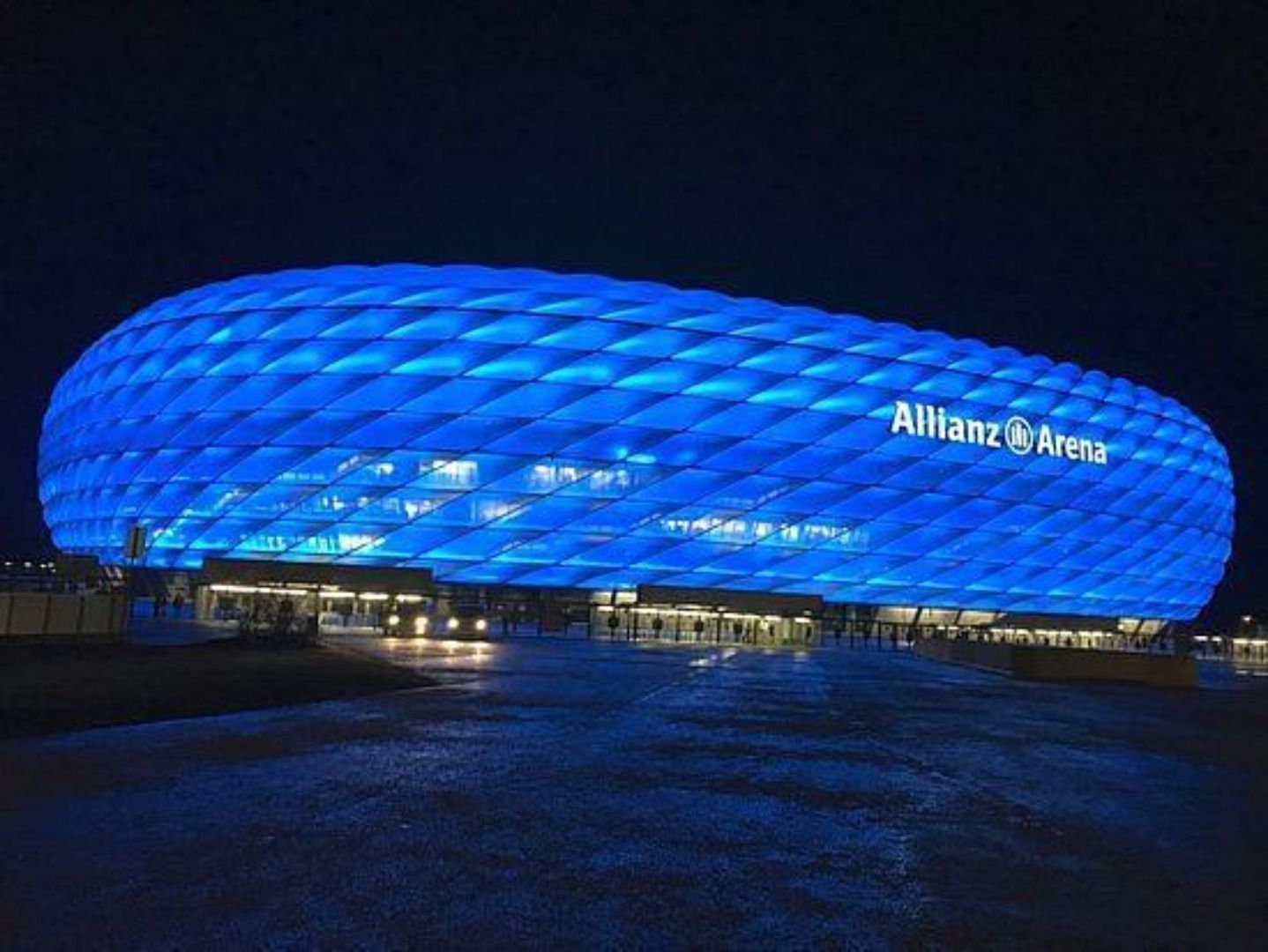
The Allianz Arena, home of Bavarian giants Bayern Munich since the 2005-06 season, is the second-largest football stadium in Germany, with a capacity to house 75,000 spectators.
The stadium, which is renowned for its exterior of inflated ETFE plastic panels that can be lit up in various shades of white, red or blue, is the first in the world to have a full colour-changing exterior.
On a clear night, the lit-up Allianz Arena, designed by Swiss architect firm Herzog and de Meuron, can be reportedly spotted from Austrian mountain tops about 80 km away.
The Allianz Arena hosted six matches of the 2006 FIFA World Cup and the 2012 UEFA Champions League final where Bayern Munich were beaten by Chelsea.
#9 San Siro (Milan, Italy)
Home team(s): AC Milan, Inter Milan
Stadium capacity: ~80,000
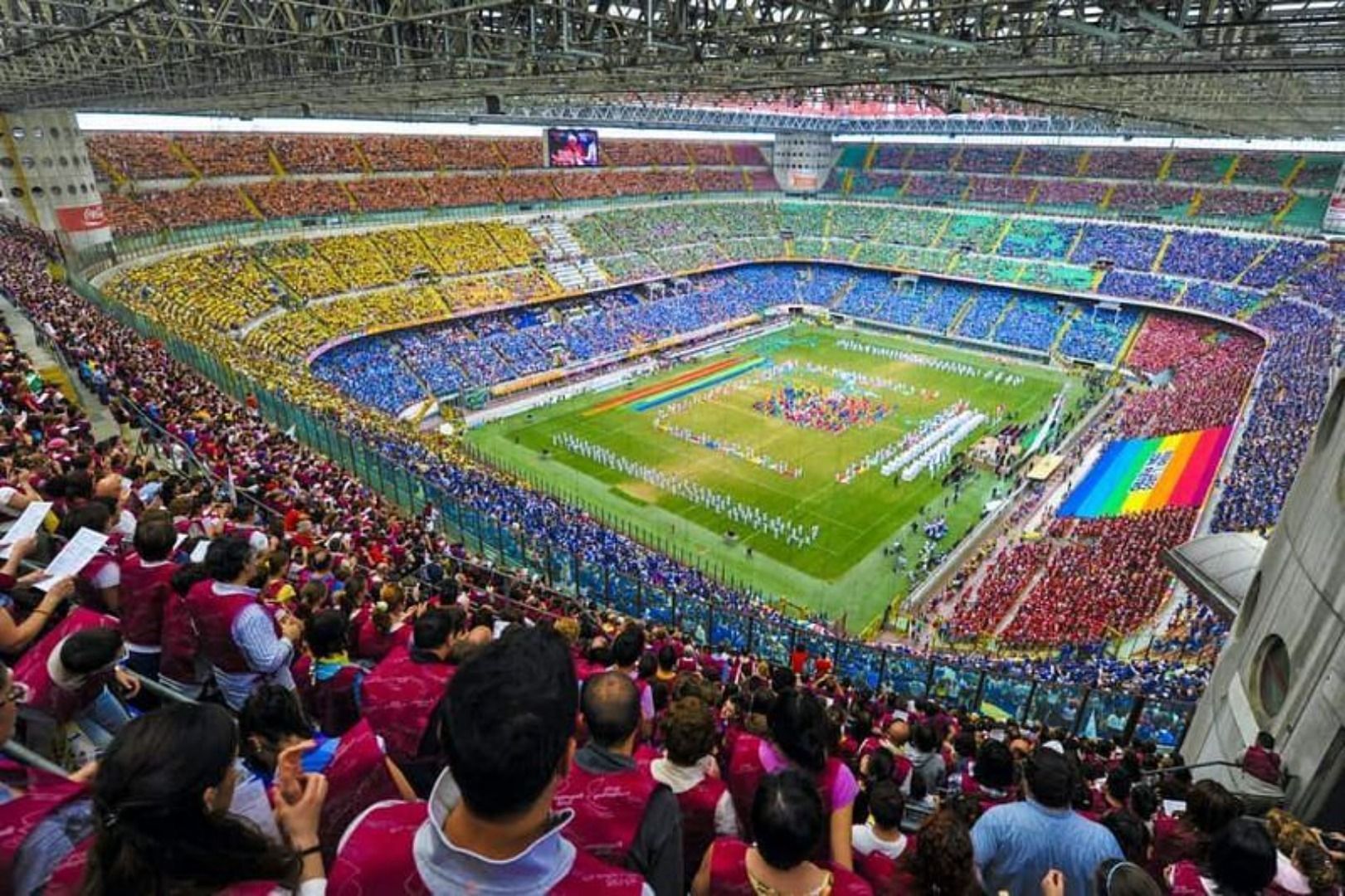
The San Siro, also known as the Estadio Giuseppe Meazza, is one of the oldest and largest football stadiums in the world. Milan giants AC Milan and Inter Milan call the San Siro their home.
Originally built in 1926, the stadium has been renovated four times and in 1980, was renamed after two-time FIFA World Cup winner Giuseppe Meazza, one of the most distinguished Italian football players who played for both AC and Inter. Initially designed to host 35,000 spectators, the San Siro can house upto 80,000 spectators now.
Among some prominent games played in the stadium, the San Siro played host to three matches in the 1934 FIFA World Cup, six in the 1990 edition of the tournament and three Euro' 80 matches. Being a multi-purpose arena, the San Siro has also hosted numerous concerts.
There are, however, plans of demolishing the old San Siro and building a state-of-the-art new Siro adjacent to it.
#8 Maracana (Rio de Janeiro, Brazil)
Home team(s): Vasco, Botafogo, Flamengo, Fluminense
Stadium capacity: ~79,000
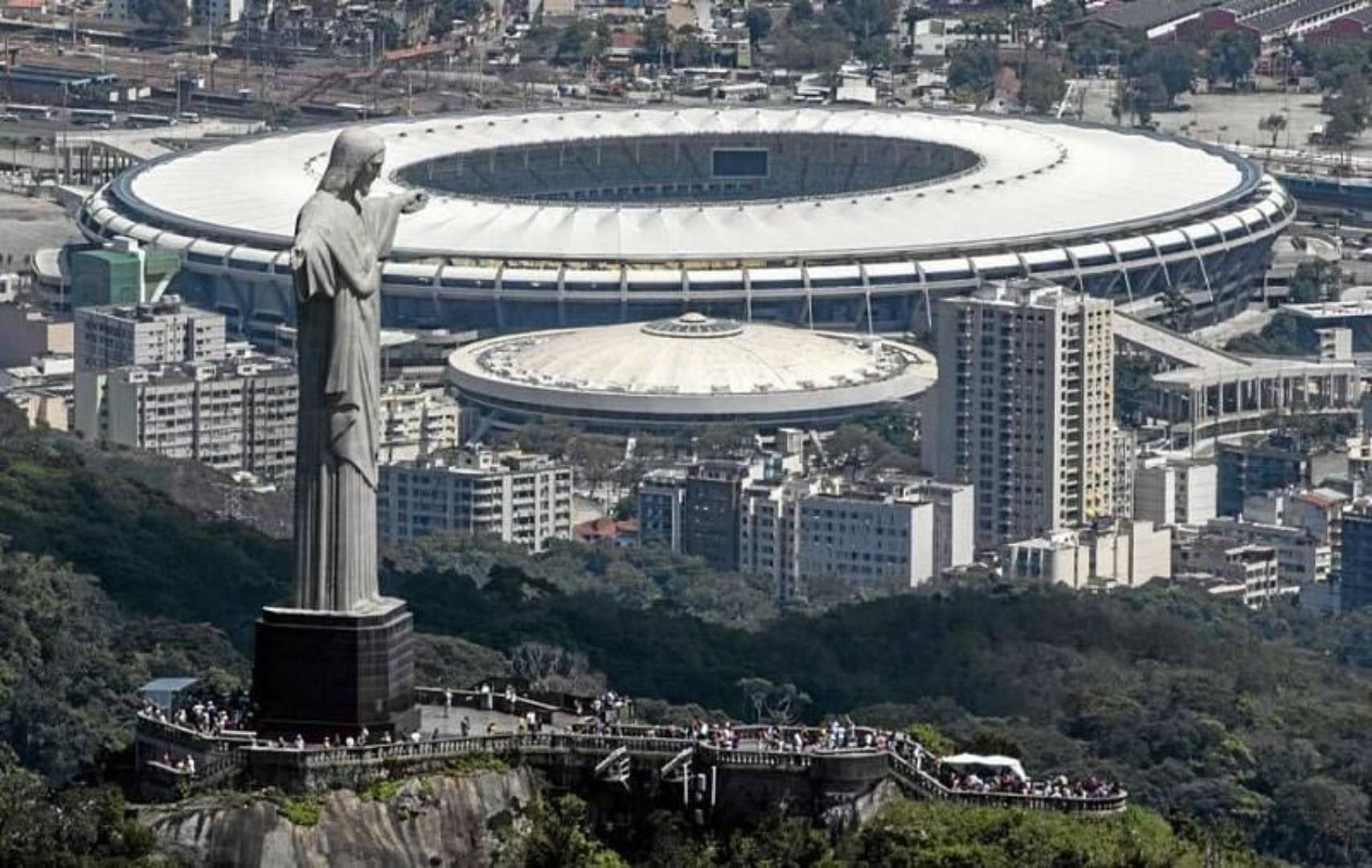
The Maracana Stadium in Rio de Janeiro, Brazil, officially called the Estadio Jornalista Mario Filho, is one of the most historic football stadiums in the world.
Opened in 1950 to host the FIFA World Cup, almost 200,000 (199,584 to be exact) fans attended the 'final' of that tournament as Brazil were beaten 1-2 by Uruguay. Sixty-four years later, for the 2014 edition of the quadrennial tournament, the Maracana's capacity was reduced to house over 78,000 spectators.
The stadium, which hosts the home games of four Brazilian clubs - Vasco, Botafogo, Flamengo and Fluminense, also hosted games in the 1989 and 2019 Copa America, 2013 FIFA Confederations Cup and the 2016 Summer Olympics.
Overlooked by the Christ the Redeemer statue and the imposing Corcovado Mountain, the Maracana Stadium is the second-largest football stadium in South America and is arguably one of the most scenic ones.
#7 Camp Nou (Barcelona, Spain)
Home team(s): Barcelona
Stadium capacity: ~99,000
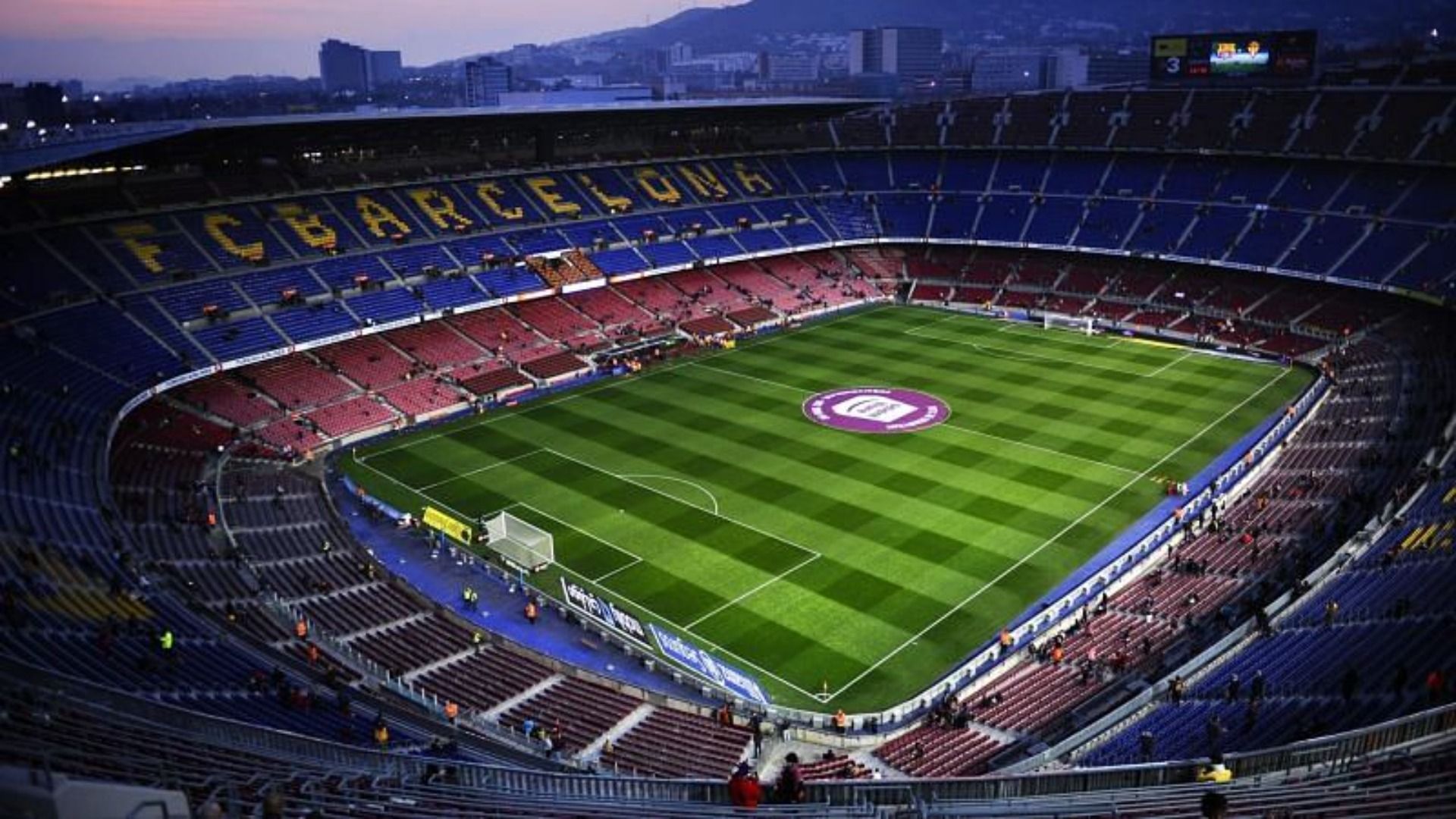
Barcelona's imposing Camp Nou cauldron, opened in 1957, is one of the largest sports stadiums in the world and is the largest football stadium in Europe.
Designed by architects Francesc Mitjans Miro and Josep Soteras Mauri, the Camp Nou, which translates to 'new ground', was a significant upgrade on Barcelona's old Les Corts ground that could house only 48,000 spectators.
Originally intended to be named as the Estadi del FC Barcelona, the 'Camp Nou' name became more popular, and Barcelona adopted it as the official name of their home ground in 2000-01.
With a capacity to seat 99,354 spectators, the Camp Nou is one of the few football stadiums across the continent to fulfil UEFA's stringent Category 4 stadium regulations with regards to facilities, services and capacity.
The Nou Camp experience, on non-match days, gives one access to the FC Barcelona museum, backstage areas of the stadium like the dressing rooms and the opportunity to step out into the imposing arena. Not surprisingly, an entire section of the museum, which is minimally lit but ultra-modern, is dedicated to a certain Lionel Messi.
Barcelona's Camp Nou has hosted some of the most memorable football games in the history of the club and also hosted the opening ceremony of the 1982 FIFA World Cup and the first game of that competition.